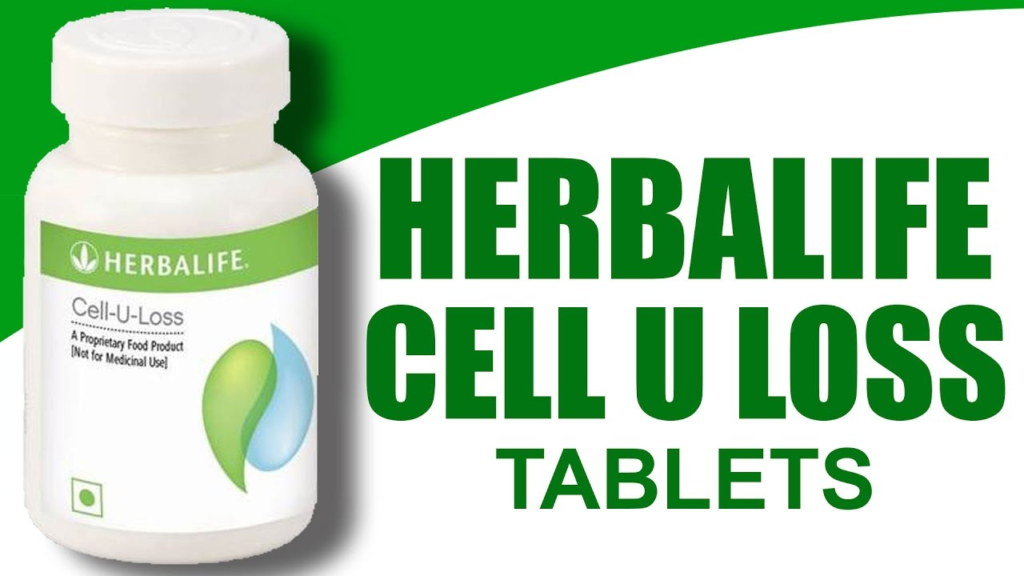Understanding Cellulose: A Building Block of Nature
Cellulose is a complex carbohydrate found in the cell walls of plants. It is the most abundant organic compound on Earth and a primary component of dietary fiber. When consumed, cellulose passes through the digestive system largely undigested, providing bulk to stool and aiding in digestion.

The Role of Fiber in Weight Management
Fiber, including cellulose, plays a crucial role in weight management:
- Increased Satiety: Fiber-rich foods can help you feel full for longer, reducing overall calorie intake.
- Improved Digestion: Fiber promotes healthy gut function, which can indirectly support weight management.
- Nutrient Absorption: Fiber can help regulate the absorption of nutrients, including sugars and fats.
- Reduced Blood Sugar Spikes: Fiber-rich foods can help prevent rapid increases in blood sugar levels, which can contribute to weight gain.
Potential Benefits of Cellulose Beyond Weight Loss
While the direct link between cellulose and fat burning is not established, it offers several other potential health benefits:
- Heart Health: A diet rich in fiber, including cellulose, has been associated with lower cholesterol levels and reduced risk of heart disease.
- Digestive Health: Cellulose promotes healthy bowel movements and can help prevent constipation.
- Blood Sugar Control: As mentioned earlier, fiber can help regulate blood sugar levels, which is particularly important for individuals with diabetes.
- Gut Microbiome: Fiber can act as a prebiotic, feeding beneficial bacteria in the gut and supporting a healthy microbiome.
Incorporating Cellulose into Your Diet
Many foods naturally contain cellulose, including:
- Fruits and Vegetables: The skins and edible seeds of fruits and vegetables are rich in fiber.
- Whole Grains: Brown rice, quinoa, whole wheat bread, and oats are excellent sources of fiber.
- Legumes: Beans, lentils, and peas are high in both protein and fiber.
- Nuts and Seeds: Almonds, walnuts, chia seeds, and flaxseeds are good sources of fiber.
Supplementing with Cellulose
If you’re looking to increase your fiber intake, cellulose supplements are available.
The Bottom Line
While cellulose offers numerous health benefits, including potential support for weight management, it’s not a magic bullet for fat loss. A balanced diet, regular exercise, and a healthy lifestyle are key factors in achieving and maintaining a healthy weight.
Additional Considerations:
- Individual Variation: The effects of fiber, including cellulose, can vary from person to person.
- Hydration: Increasing fiber intake without adequate hydration can lead to constipation.
- Gradual Introduction: If you’re new to a high-fiber diet, introduce fiber-rich foods gradually to allow your body to adjust.

FAQ’S
What is fat burning cellulose?
Fat burning cellulose is a common term for dietary fiber, a type of carbohydrate found in plant-based foods. It’s important to note that it doesn’t directly burn fat but helps in weight management through various mechanisms.
How does fat burning cellulose help with weight loss?
Dietary fiber helps with weight loss in several ways:
- Increased satiety: Fiber slows down digestion, making you feel full for longer.
- Reduced calorie intake: When you feel full, you’re less likely to overeat.
- Improved gut health: Fiber promotes healthy gut bacteria, which can influence weight management.
- Enhanced nutrient absorption: Fiber can help your body absorb nutrients more efficiently.
What are the different types of fat burning cellulose?
There are two main types of dietary fiber: soluble and insoluble.
- Soluble fiber: Dissolves in water and forms a gel-like substance in the digestive tract. Examples include oats, beans, and fruits.
- Insoluble fiber: Doesn’t dissolve in water and adds bulk to your stool. Examples include whole grains, vegetables, and nuts.
Which foods are rich in fat burning cellulose?
Many plant-based foods are excellent sources of dietary fiber:
- Fruits: Apples, berries, pears, and avocados
- Vegetables: Broccoli, carrots, spinach, and sweet potatoes
- Whole grains: Brown rice, quinoa, whole-wheat bread, and oats
- Legumes: Beans, lentils, and chickpeas
- Nuts and seeds: Almonds, walnuts, chia seeds, and flaxseeds
How much fat burning cellulose should I consume daily?
The recommended daily intake of dietary fiber varies by age and gender. Generally, adults should aim for 25-38 grams per day. Consult with a healthcare professional or registered dietitian for personalized advice.
Can I get too much fat burning cellulose?
While it’s generally safe to consume adequate amounts of dietary fiber, excessive intake can lead to digestive issues like bloating, gas, and constipation. It’s important to increase fiber gradually to allow your body to adjust.
Are there any side effects of consuming fat burning cellulose?
Excessive fiber intake can cause digestive problems. However, most people can tolerate moderate amounts without issues. If you experience discomfort, consider reducing your fiber intake or consulting a healthcare provider.
Can fat burning cellulose help with other health conditions?
Besides weight management, dietary fiber has been linked to various health benefits:
- Reduced risk of heart disease: Fiber can help lower cholesterol levels.
- Improved blood sugar control: Fiber can help regulate blood sugar levels.
- Enhanced digestive health: Fiber promotes healthy gut function.
- Reduced risk of certain cancers: A diet rich in fiber may lower the risk of colon cancer.
Can I take fat burning cellulose supplements?
Dietary fiber supplements are available, but it’s generally recommended to get your fiber from whole foods. These foods provide a wider range of nutrients and may have additional health benefits.
Does fat burning cellulose interact with medications?
In some cases, dietary fiber can interact with certain medications. If you have any concerns, consult with your healthcare provider.
To read more, Click here